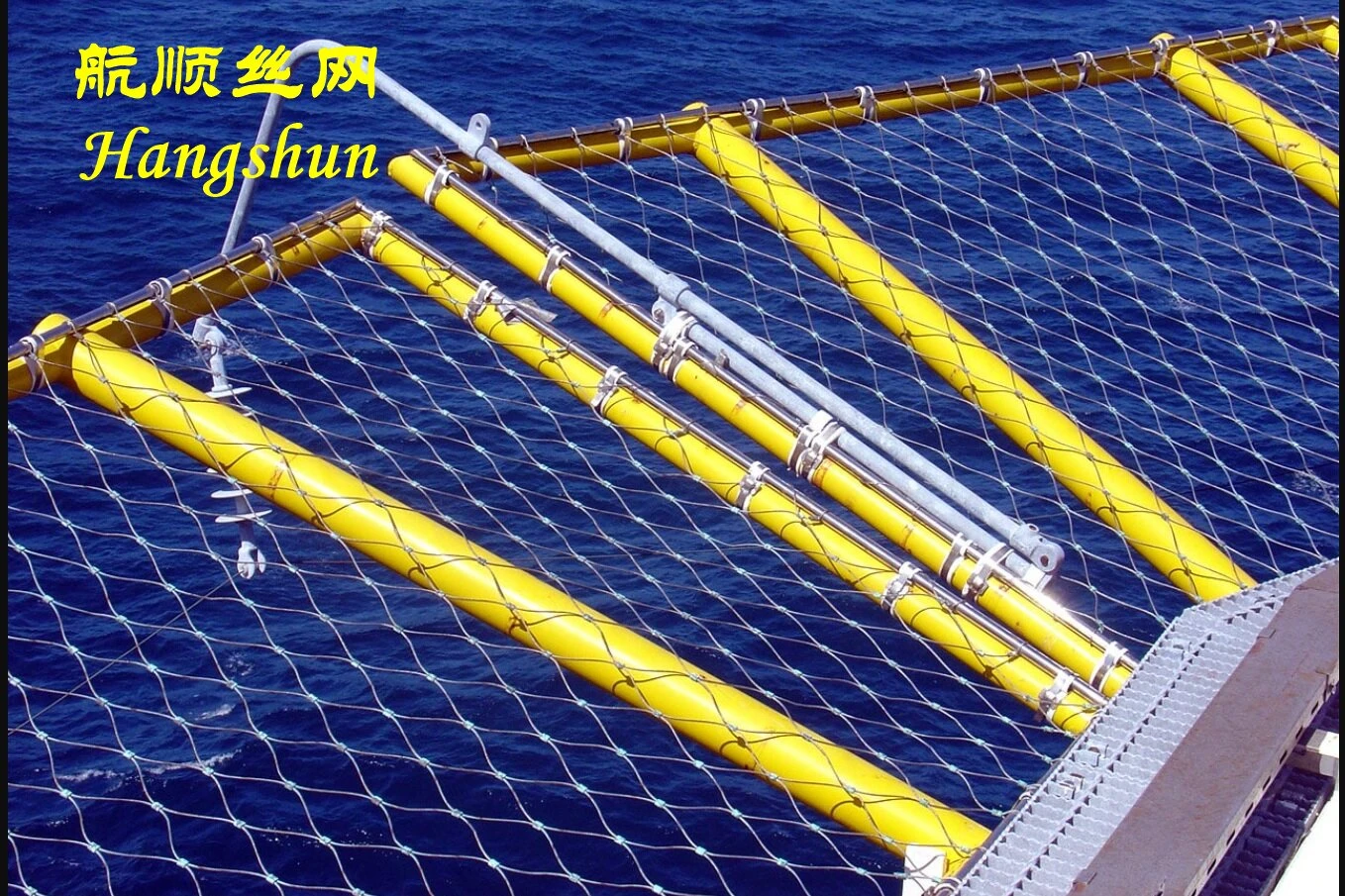- Industrial zone, South of Anping Town, Hengshui, Hebei, China.
- sales@hfpetromesh.com
- +86-18931809706
 Afrikaans
Afrikaans  Albanian
Albanian  Amharic
Amharic  Arabic
Arabic  Armenian
Armenian  Azerbaijani
Azerbaijani  Basque
Basque  Belarusian
Belarusian  Bengali
Bengali  Bosnian
Bosnian  Bulgarian
Bulgarian  Catalan
Catalan  Cebuano
Cebuano  Corsican
Corsican  Croatian
Croatian  Czech
Czech  Danish
Danish  Dutch
Dutch  English
English  Esperanto
Esperanto  Estonian
Estonian  Finnish
Finnish  French
French  Frisian
Frisian  Galician
Galician  Georgian
Georgian  German
German  Greek
Greek  Gujarati
Gujarati  Haitian Creole
Haitian Creole  hausa
hausa  hawaiian
hawaiian  Hebrew
Hebrew  Hindi
Hindi  Miao
Miao  Hungarian
Hungarian  Icelandic
Icelandic  igbo
igbo  Indonesian
Indonesian  irish
irish  Italian
Italian  Japanese
Japanese  Javanese
Javanese  Kannada
Kannada  kazakh
kazakh  Khmer
Khmer  Rwandese
Rwandese  Korean
Korean  Kurdish
Kurdish  Kyrgyz
Kyrgyz  Lao
Lao  Latin
Latin  Latvian
Latvian  Lithuanian
Lithuanian  Luxembourgish
Luxembourgish  Macedonian
Macedonian  Malgashi
Malgashi  Malay
Malay  Malayalam
Malayalam  Maltese
Maltese  Maori
Maori  Marathi
Marathi  Mongolian
Mongolian  Myanmar
Myanmar  Nepali
Nepali  Norwegian
Norwegian  Norwegian
Norwegian  Occitan
Occitan  Pashto
Pashto  Persian
Persian  Polish
Polish  Portuguese
Portuguese  Punjabi
Punjabi  Romanian
Romanian  Russian
Russian  Samoan
Samoan  Scottish Gaelic
Scottish Gaelic  Serbian
Serbian  Sesotho
Sesotho  Shona
Shona  Sindhi
Sindhi  Sinhala
Sinhala  Slovak
Slovak  Slovenian
Slovenian  Somali
Somali  Spanish
Spanish  Sundanese
Sundanese  Swahili
Swahili  Swedish
Swedish  Tagalog
Tagalog  Tajik
Tajik  Tamil
Tamil  Tatar
Tatar  Telugu
Telugu  Thai
Thai  Turkish
Turkish  Turkmen
Turkmen  Ukrainian
Ukrainian  Urdu
Urdu  Uighur
Uighur  Uzbek
Uzbek  Vietnamese
Vietnamese  Welsh
Welsh  Bantu
Bantu  Yiddish
Yiddish  Yoruba
Yoruba  Zulu
Zulu
- Afrikaans
- Albanian
- Amharic
- Arabic
- Armenian
- Azerbaijani
- Basque
- Belarusian
- Bengali
- Bosnian
- Bulgarian
- Catalan
- Cebuano
- Corsican
- Croatian
- Czech
- Danish
- Dutch
- English
- Esperanto
- Estonian
- Finnish
- French
- Frisian
- Galician
- Georgian
- German
- Greek
- Gujarati
- Haitian Creole
- hausa
- hawaiian
- Hebrew
- Hindi
- Miao
- Hungarian
- Icelandic
- igbo
- Indonesian
- irish
- Italian
- Japanese
- Javanese
- Kannada
- kazakh
- Khmer
- Rwandese
- Korean
- Kurdish
- Kyrgyz
- Lao
- Latin
- Latvian
- Lithuanian
- Luxembourgish
- Macedonian
- Malgashi
- Malay
- Malayalam
- Maltese
- Maori
- Marathi
- Mongolian
- Myanmar
- Nepali
- Norwegian
- Norwegian
- Occitan
- Pashto
- Persian
- Polish
- Portuguese
- Punjabi
- Romanian
- Russian
- Samoan
- Scottish Gaelic
- Serbian
- Sesotho
- Shona
- Sindhi
- Sinhala
- Slovak
- Slovenian
- Somali
- Spanish
- Sundanese
- Swahili
- Swedish
- Tagalog
- Tajik
- Tamil
- Tatar
- Telugu
- Thai
- Turkish
- Turkmen
- Ukrainian
- Urdu
- Uighur
- Uzbek
- Vietnamese
- Welsh
- Bantu
- Yiddish
- Yoruba
- Zulu
floor grating price
Understanding Floor Grating Prices Factors and Considerations
Floor grating is an essential component in various industrial and commercial applications, often used for walkways, platforms, and drainage systems. As a crucial element in construction, understanding the price of floor grating is vital for project budgeting and planning. This article explores the key factors affecting floor grating prices and offers insights for buyers.
Material Types
One of the primary determinants of floor grating prices is the material used in manufacturing. Common materials include steel, aluminum, fiberglass, and plastic. Steel grating is typically more affordable than aluminum and fiberglass, making it a popular choice for many industrial applications. However, while steel is strong and durable, it may require additional maintenance to prevent rust and corrosion, which could increase long-term costs.
Aluminum, on the other hand, is lightweight and resistant to corrosion but usually comes with a higher upfront price. Fiberglass grating, while more expensive, offers excellent durability and resistance to chemicals, making it ideal for specific environments. Buyers must assess their project requirements to determine the most cost-effective material.
Design and Specifications
The design and specifications of the floor grating also significantly influence prices. Grating is available in various patterns, sizes, and load ratings. Standard grating types such as welded, swage-locked, and riveted tend to be more affordable than custom designs. Buyers should carefully evaluate their needs a standard design may suffice for general applications, while more specialized interventions warrant custom fabrication at an increased cost.
Manufacturing Methods
floor grating price

The method of manufacturing floor grating impacts pricing as well. Gratings produced through advanced techniques such as laser cutting or automated welding may carry a premium compared to those made using traditional methods. Nonetheless, these high-tech approaches can enhance precision and reduce material waste, potentially offsetting costs in large-scale projects.
Market Factors
Fluctuations in raw material prices can also affect floor grating costs. Global market trends, supply chain disruptions, and even geopolitical factors can contribute to price variations. Buyers should stay informed about market conditions to make timely purchasing decisions.
Quantity and Supplier
The quantity of grating required for a project can also influence pricing. Generally, larger orders may qualify for bulk discounts, resulting in more competitive pricing per unit. Additionally, sourcing products from different suppliers can yield varying prices. It’s beneficial for buyers to compare quotes and consider the reputation and reliability of suppliers.
Conclusion
In conclusion, the price of floor grating is influenced by several factors, including material type, design, manufacturing methods, market dynamics, and order quantity. Buyers should take the time to evaluate these elements when budgeting for their projects. By understanding these variables, they can make informed decisions that align with both their financial constraints and operational needs, ultimately ensuring successful project outcomes.
-
Welded Steel Bar Grating: The Rugged Industrial Flooring Solution Built for Load and LongevityNewsJun.24,2025
-
Steel Walkway Grating: Reliable, Resilient, and Built for Every StepNewsJun.24,2025
-
Shale Shaker Screen for Sale: Optimize Drilling Efficiency with Precision Screening PowerNewsJun.24,2025
-
Shaker Screen for Sale: Elevate Your Drilling Efficiency with Durable Separation SolutionsNewsJun.24,2025
-
Press Locked Steel Grating: Industrial Strength with Precision Fit for Heavy-Duty ApplicationsNewsJun.24,2025
-
Perimeter Safety Netting: The Critical Safety Upgrade for Every HelipadNewsJun.24,2025